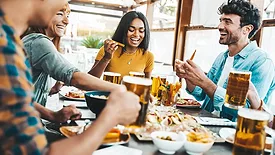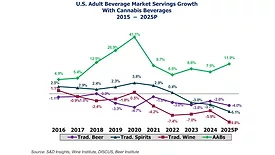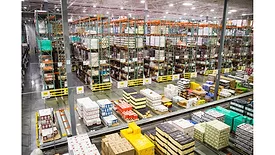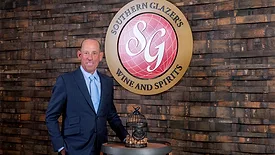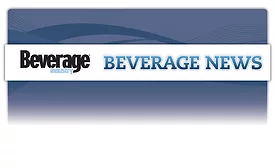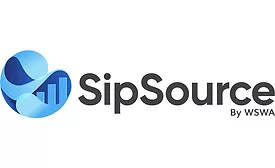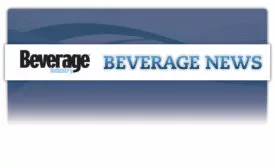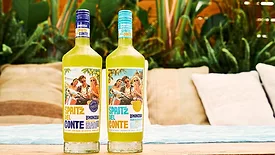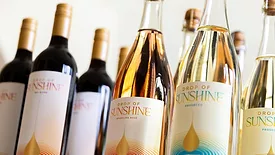Home » Keywords: » wine sales
Items Tagged with 'wine sales'
ARTICLES
Traditional beverage alcohol categories experience waves of success, decline
Read More
The beverage alcohol shuffle
Companies looking to capitalize on adult alternative beverage trends
September 19, 2025
Southern Glazer’s structures portfolio for success
Wholesaler looks for right opportunities to expand offerings
September 12, 2025
2025 Wholesaler of the Year: Southern Glazer’s Wine & Spirits
Family-led wholesalers’ passion continues with next generation leadership
September 10, 2025
DTC wine shipping down as industry pressures persist
Sovos, WineBusiness Analytics mid-year analysis reveals continued dip in volume and value
September 5, 2025
SipSource report highlights challenging half year for wine, spirits
RTDs remain category driver, but at decelerated rate
August 20, 2025
NielsenIQ report find total beverage alcohol sales -3% for 2025 first half
‘The Halftime Report’ examines 26 weeks ending July 5
July 16, 2025
2025 State of the Beverage Industry: Evolving consumer tastes shape wine, spirits performance
Ready-to-drink cocktails, non-alcohol wines offer opportunities
July 7, 2025
The Wine Group to acquire wine brands, production facilities from Constellation Brands
Constellation Brands’ retained wine portfolio predominantly priced $15 and above
April 10, 2025
Drop of Sunshine delivers approachable luxury
Wine brand crafts authentic varietals for a broader audience
March 31, 2025
Elevate your expertise in the beverage marketplace with unparalleled insights and connections.
Join thousands of beverage professionals today. Shouldn’t you know what they know?
JOIN NOW!Copyright ©2025. All Rights Reserved BNP Media.
Design, CMS, Hosting & Web Development :: ePublishing
